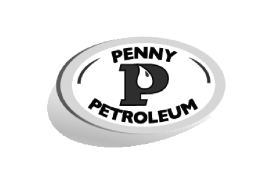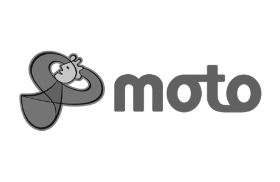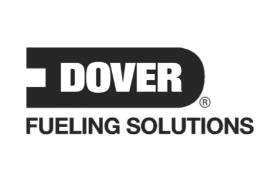Entrepreneurship is defined as “The activity of setting up a business or businesses”.
This doesn’t really apply to employees. Yet you want them to share that passion and energy you have for your own business. At EdgePetrol we call this an ‘entrepreneurial mindset’.
And you want your business to grow. But you sell fuel and other than selling…more fuel, options can feel limited. Enter Corporate Entrepreneurship (Intrapreneurship), defined as (and by non-other than corporate-entrepreneurs.com) “a process used to develop new businesses, products, services or processes inside of an existing organization to create value and generate new revenue growth through entrepreneurial thought and action.”
In other words, you are starting a business within a business. And the number one driver of this?
People.
That’s right, it’s your business. And they are going to tell you how to find a new business line. Cool right?
And that isn’t all. There are four models you can choose from to implement this! Plenty to choose from them.
The opportunistic model
This model thrives in a culture of risk taking, where employees like to create innovative new business lines and are motivated to work hard as their goal is to be valued as an important asset to the company.
This type of model works well in a trust-based culture, where power is less centralised. I think about the retailer KSC (recently bought by Certas) as a fuel retailer that is capable of doing this.
With a lack of trust based culture, ideas will disappear and potential new streams of profit can be left on the table.
The enabler model
Enablers are able to create new concepts on their own, but have to follow the guidelines of their organization.
Corporate behemoth Google is the leader here, employing a 20% ‘free time’ rule, in which colleagues are encouraged to get together to discuss innovative ideas.
The advocate model
This model differs in that it’s main objective is to reinvigorate stale companies and support corporate entrepreneur teams.
The parent company gives the selected teams low-to-modest budgets and coaches them to create systems capable of supporting the company in a strategic and cost-efficient way.
The producer model
The general objective is to encourage latent entrepreneurs to come out of their shell, but this model also aims to encourage cross unit collaboration and the potential to create disruptive businesses creating jobs for new executives.
These business units are usually helped by senior and veteran leaders who give them advice on how to create innovative and disruptive products.
The factors which help this type of model succeed are the incentives for the entrepreneurs and the expertise given by veterans in creating new types of businesses.
Conclusion
In a world built out of selling a commodity, we have entered an innovation stage in the fuel retail markets. How fuel retailers diversify their business and create innovative profit lines will depend on which of the above models they use (if any).
Here at EdgePetrol, we are on the cusp of releasing two new products this year, both of which have been a result of the opportunistic model.
How will you instill corporate entrepreneurship into your fuel retail business?













